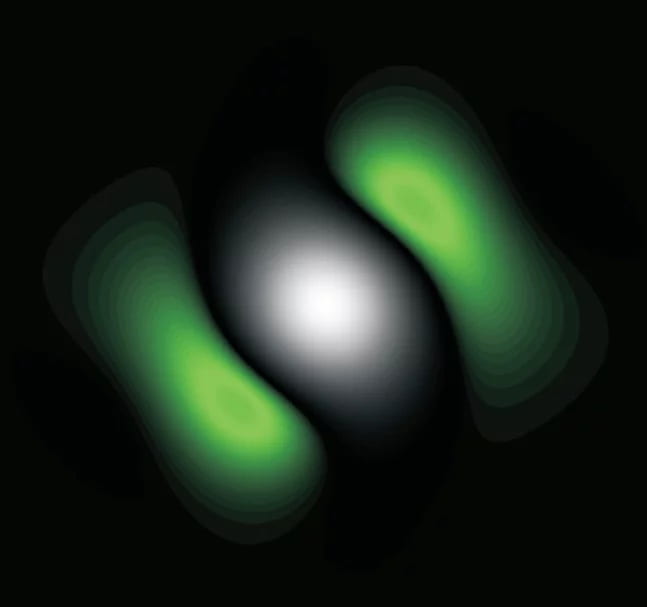
Nature photonics (January 2013): Stochastically driven nonlinear processes are responsible for spontaneous pattern formation and instabilities in numerous natural and artificial systems, including well-known examples such as sand ripples, cloud formations, water waves, animal pigmentation and heart rhythms. Technologically, a type of such self-amplification drives free-electron lasers and optical supercontinuum sources whose radiation qualities, however, suffer from the stochastic origins. Through time-resolved observations, we identify intrinsic properties of these fluctuations that are hidden in ensemble measurements. We acquire single-shot spectra of modulation instability produced by laser pulses in glass fibre at megahertz real-time capture rates. The temporally confined nature of the gain physically limits the number of amplified modes, which form an antibunched arrangement as identified from a statistical analysis of the data. These dynamics provide an example of pattern competition and interaction in confined nonlinear systems.
